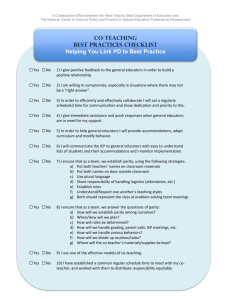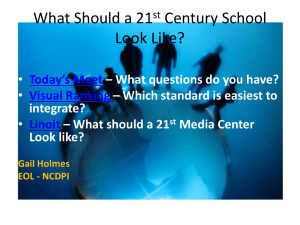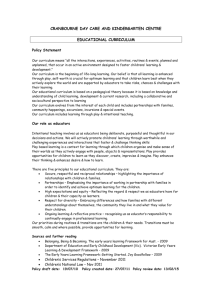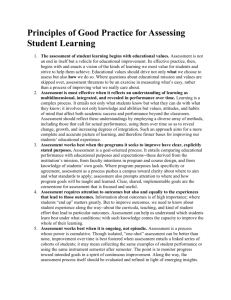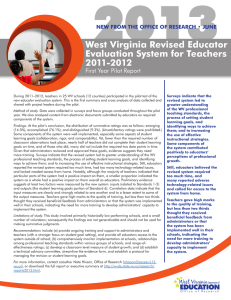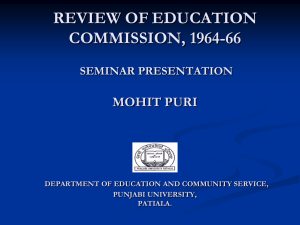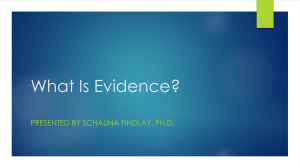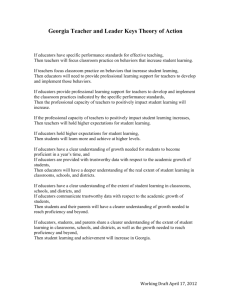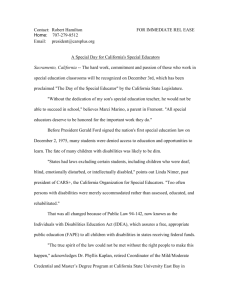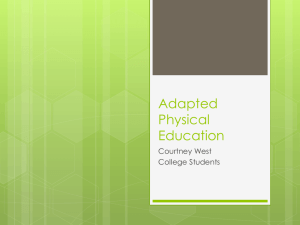Philosophy of Education
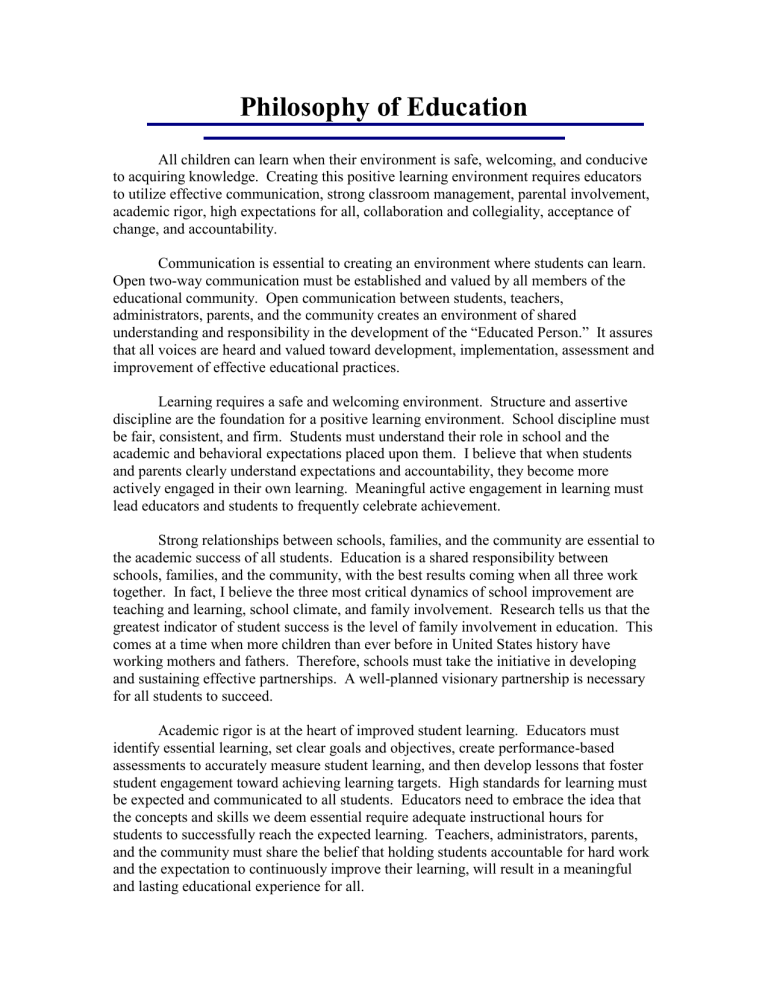
Philosophy of Education
All children can learn when their environment is safe, welcoming, and conducive to acquiring knowledge. Creating this positive learning environment requires educators to utilize effective communication, strong classroom management, parental involvement, academic rigor, high expectations for all, collaboration and collegiality, acceptance of change, and accountability.
Communication is essential to creating an environment where students can learn.
Open two-way communication must be established and valued by all members of the educational community. Open communication between students, teachers, administrators, parents, and the community creates an environment of shared understanding and responsibility in the development of the “Educated Person.” It assures that all voices are heard and valued toward development, implementation, assessment and improvement of effective educational practices.
Learning requires a safe and welcoming environment. Structure and assertive discipline are the foundation for a positive learning environment. School discipline must be fair, consistent, and firm. Students must understand their role in school and the academic and behavioral expectations placed upon them. I believe that when students and parents clearly understand expectations and accountability, they become more actively engaged in their own learning. Meaningful active engagement in learning must lead educators and students to frequently celebrate achievement.
Strong relationships between schools, families, and the community are essential to the academic success of all students. Education is a shared responsibility between schools, families, and the community, with the best results coming when all three work together. In fact, I believe the three most critical dynamics of school improvement are teaching and learning, school climate, and family involvement. Research tells us that the greatest indicator of student success is the level of family involvement in education. This comes at a time when more children than ever before in United States history have working mothers and fathers. Therefore, schools must take the initiative in developing and sustaining effective partnerships. A well-planned visionary partnership is necessary for all students to succeed.
Academic rigor is at the heart of improved student learning. Educators must identify essential learning, set clear goals and objectives, create performance-based assessments to accurately measure student learning, and then develop lessons that foster student engagement toward achieving learning targets. High standards for learning must be expected and communicated to all students. Educators need to embrace the idea that the concepts and skills we deem essential require adequate instructional hours for students to successfully reach the expected learning. Teachers, administrators, parents, and the community must share the belief that holding students accountable for hard work and the expectation to continuously improve their learning, will result in a meaningful and lasting educational experience for all.
All students can learn at higher levels when expected. This position must be consistently articulated and modeled from the principal, teachers, parents and support staff. A school climate that is collaborative and focused on results will ensure that all students learn. Educators need to be committed to frequent and ongoing assessment of student performance that focuses on student learning. Assessment methods should be varied and aligned to instructional practices applied in the classroom. Teachers need to work collaboratively to analyze assessment results and develop strategies for improvement based on the assessment data. When instruction is based on assessment, teachers and students will have a clear image of what students need to know, understand, and be able to do at the end of each unit of instruction.
Teaching and learning in isolation will result in failure. An effective learning community utilizes collaborative efforts between all stakeholders to improve teacher and student learning. A learning community begins with the development of shared knowledge and vision. Educators must have a vision for learning outcomes and must share that vision with students, colleagues, parents, and the community. This involves communication, research, goal setting, and ongoing professional development with a clear focus on student learning. By working together, students are exposed to diverse perspectives and all participants can achieve a greater job satisfaction and sense of accomplishment.
Change in education must be systemic, sustainable, and effective as measured by increased learning for all students and adults. I believe that for sustainable, effective change to become imbedded in our practice, school leaders must develop a vision that values and utilizes shared leadership. We need to involve all teachers, administrators, parents, and the community in the change process. Finding new solutions to new problems requires a shared sense of urgency, a common vision, and a deeper level of active engagement. Teachers need to feel valued as part of the solution to the problem, more than merely an agent of change for acceptance to occur. If our goal is to improve student achievement, then teachers, staff, parents, and the community must share the problem and solution with the understanding that they are accountable to its success.
They must be committed to the shared vision for change.
The education of our students requires educators to synthesize many components.
When we unify our efforts around a strong vision, sound educational practices, professionalism, and an environment of collaboration and collegiality, we create an environment for meaningful learning. This positive learning environment embraces the concept that schools are for students and achievement.

